Data Hub
Data is a key driver in decision-making and helps DSAMH understand how its collective work impacts people served. The opioid epidemic has impacted Delaware significantly and DSAMH is focusing efforts to change that impact. DSAMH is using data to help gauge the ongoing need and the effect of efforts.
Provider Map
DSAMH uses maps to better understand indicators of need or impact, such as provider locations and distribution of services. Maps provide an easy way to identify regional differences and the best opportunities to expand or target outreach. The following maps illustrate their usefulness as it relates to provider location and distribution of naloxone kits.
Description: This map shows the location of DSAMH providers. Click and drag on the map to pan and use the scroll wheel to zoom in and out. Click the symbols to see more information about the providers.
Consumer Reporting Form (CRF) State-wide Data
Data From the CDHS/RE analysis of 2020 CRF data


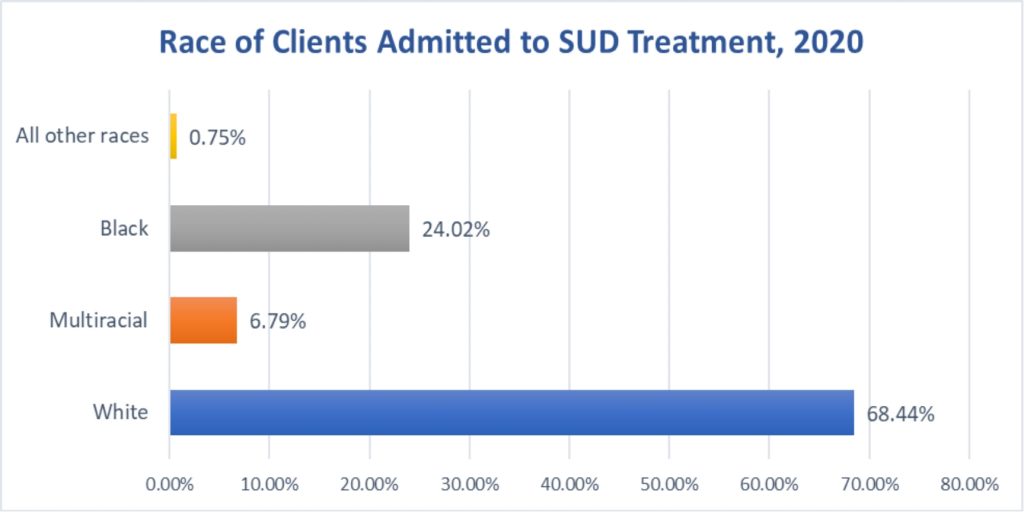
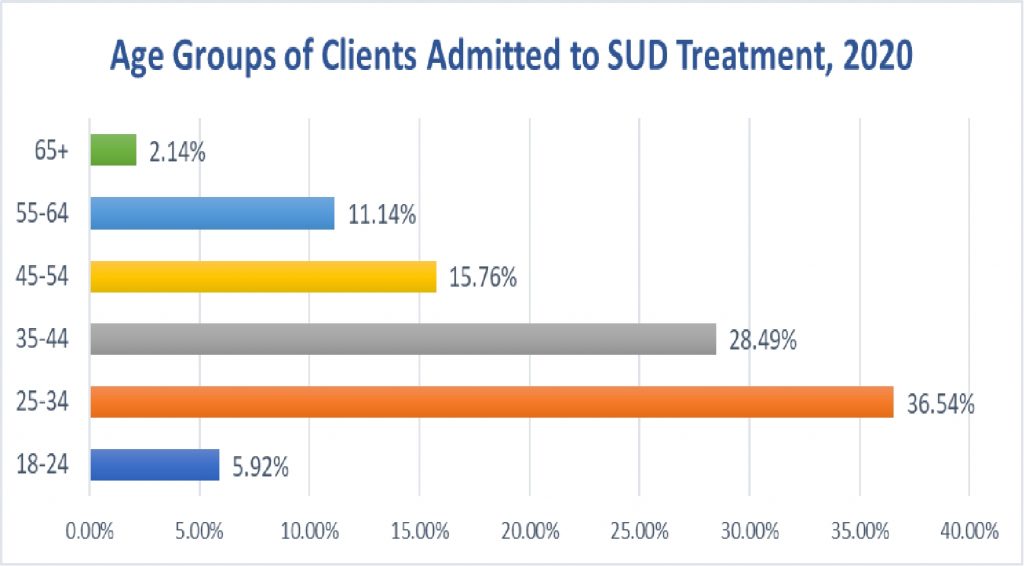
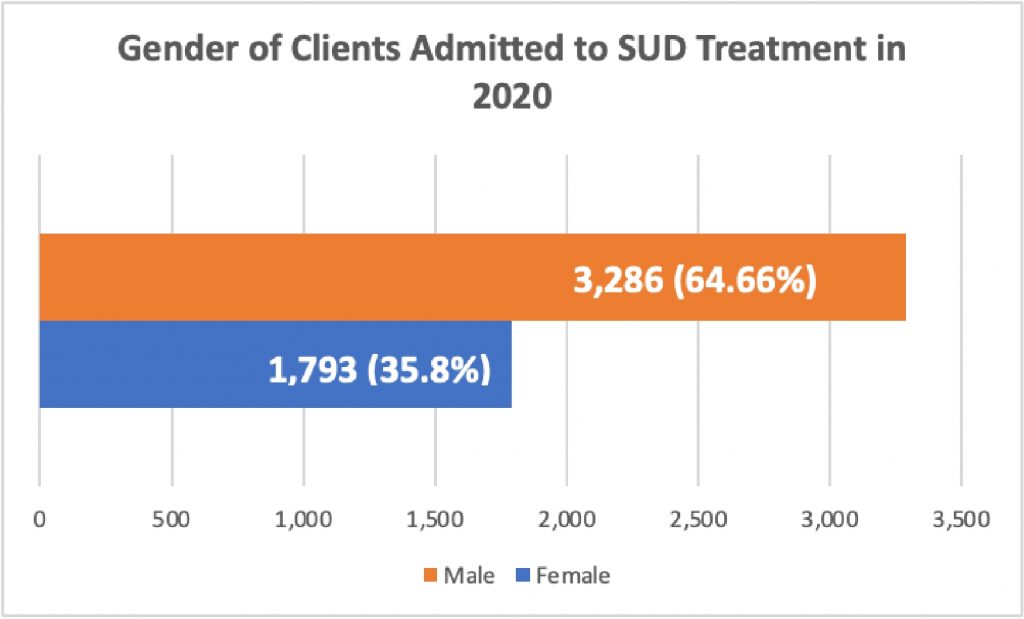
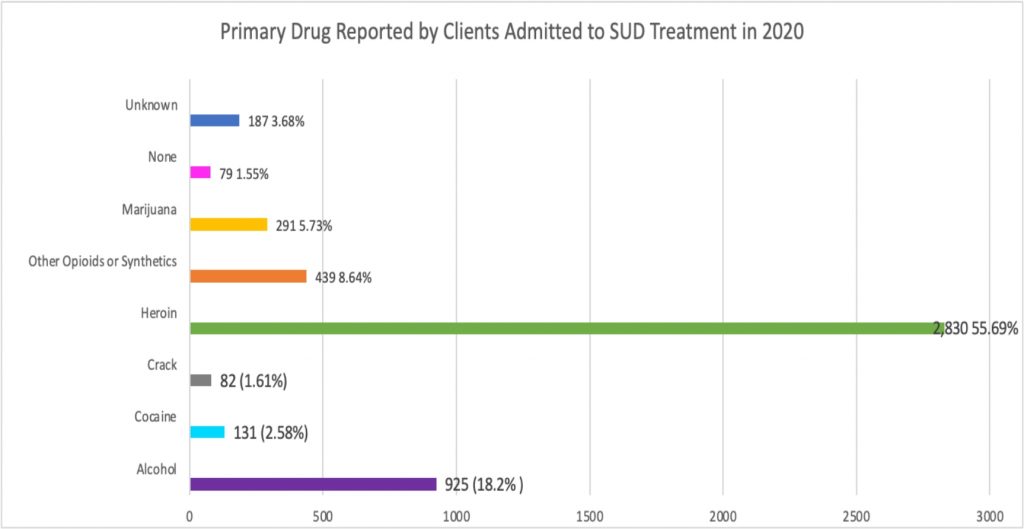
Naloxone distribution program
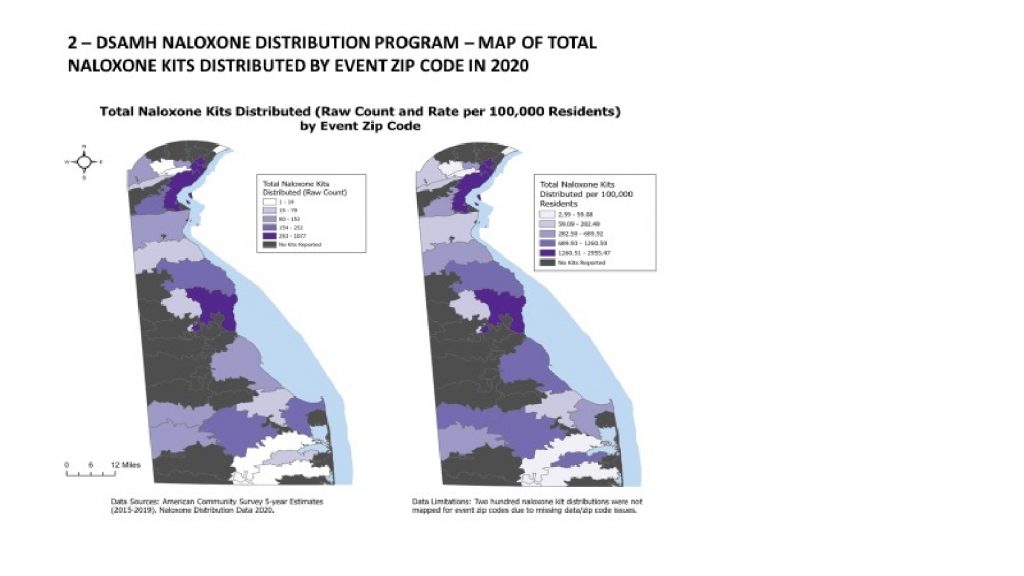

Description: These maps show the total volume of naloxone kits distributed by the DSAMH Naloxone Program. The distribution is by zip code per 100,000 residents.
TAP Data
Data related to specific SOR-funded programs is being collected. In the Tier 1 program, the goal is to achieve universal screening; therefore, to better understand the increase in screening, DSAMH is collecting data on the percent of people eligible for a screening who received a screening. Below is the current data (January 2022) related to this goal (see info below). Data is submitted through a web-based survey and will be collated and analyzed to provide information regarding goals met and for future adjustments to TAP to continue to support the SOR grant’s success.
Tier 1 data reporting resources:
PowerPoint Presentation (delaware.gov) – Information and explanation of Tier 1 data reporting requirements
Qualtrics Survey | Qualtrics Experience Management – Tier 1 reporting survey link

Tier 2/3 data reporting resources:
Tier_2_and_3_Data_Reporting_Requirements.pdf (delaware.gov) – Information and explanation of Tier 2 and 3 data reporting requirements
SOR20_Tier2.3_TrainingMaterials_10_14_21.pptx (live.com) – Tier 2 and 3 training materials
Qualtrics Survey | Qualtrics Experience Management – Tier 2/3 reporting survey link
GPRA
The Government Performance and Results Act (GPRA) provides additional detail as it relates to SOR and other federally funded grants. It is established through federal law and supports SAMSHA in illustrating the need to Congress for ongoing funding. The GPRA requires the Division of Substance Abuse and Mental Health (DSMAH) to engage in performance management tasks such as setting goals, measuring results, and reporting progress. The GPRA is a series of questions asked of individuals seeking treatment services, at their intake, six months and when discharging from treatment. The GPRA can be incorporated into the clinical workflow to support information gathering and assessment as well as the completion of this required activity. The State Opioid Respond (SOR) Grant Requires the collection of the GPRA when treatment services are funded by the SOR grant. SOR providers are required to submit GPRA’s on a bi-weekly basis. Please contact DSAMH’s research and evaluation unit to schedule training or answer questions.
The SOR Grant’s target for completed GPRA’s for a client’s served is: 5,000 unduplicated clients over a two-year period.
Please fill out this online form to request GPRA training – Training Request Form.
GPRA in Delaware:
As of Jan. 18, 2022, Delaware submitted 2166 GPRAs conducted at intake to SAMHSA. These data provided a baseline picture of the diverse and multitude of needs of the clients served by SOR (Figures below).


